Knowing how to reset combination bike lock systems is an essential skill for any cyclist. A secure bike lock protects your bike from theft, but forgetting the combination or needing to update it for better security can leave you stuck.
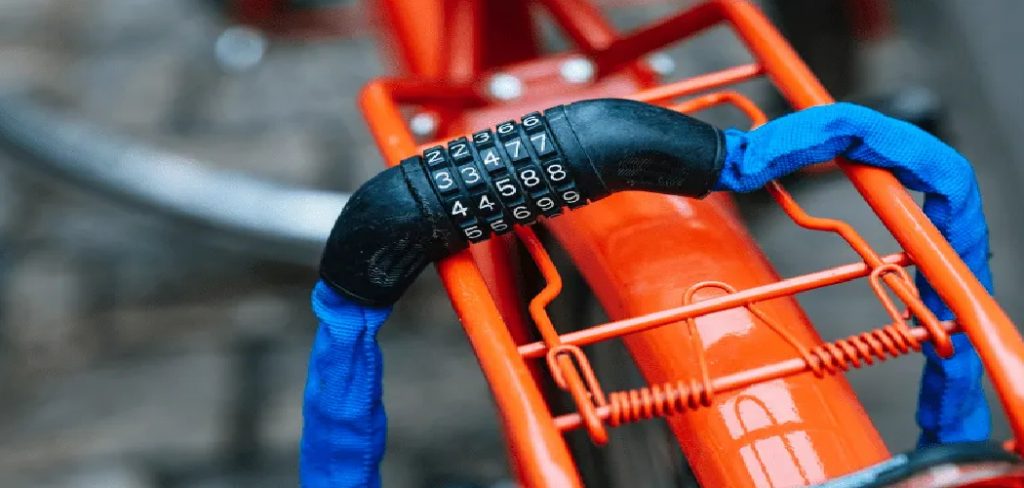
Several common reasons for resetting your combination bike lock include misplacing the original code, setting up a new lock, or preparing to share the lock with a trusted friend or family member.
This guide provides a detailed, step-by-step explanation to ensure you can easily handle these situations. Whether you are dealing with a basic 4-digit lock, an advanced cable lock, or a U-lock with a combination mechanism, the following sections will teach you how to reset your lock confidently.
By understanding and following these steps, you’ll be better prepared to keep your bicycle secure and operational.
Types of Combination Bike Locks
Understanding your combination bike lock type is crucial before resetting it. Different locks have unique mechanisms; knowing the specifics can save time and prevent potential damage. Below are three common types of combination bike locks and their features:
Dial Combination Locks
Dial combination locks are among the most traditional options, featuring rotating dials to form a numerical code. These locks are simple and commonly used for securing bikes in low-risk areas.
To reset these locks, you typically need to locate a designated reset position on the lock, often indicated by a small knob or lever. While affordable and reliable, these locks generally do not allow frequent code changes.
Resettable Push-Button or Slide Locks
Push-button or slide locks feature a more modern design, allowing users to reset the combination when needed. These locks often include a small reset button or slider that enables code modification when held in the designated reset position. Known for their convenience and flexibility, they are suitable for users who need to change their lock codes frequently or share their lock with others.
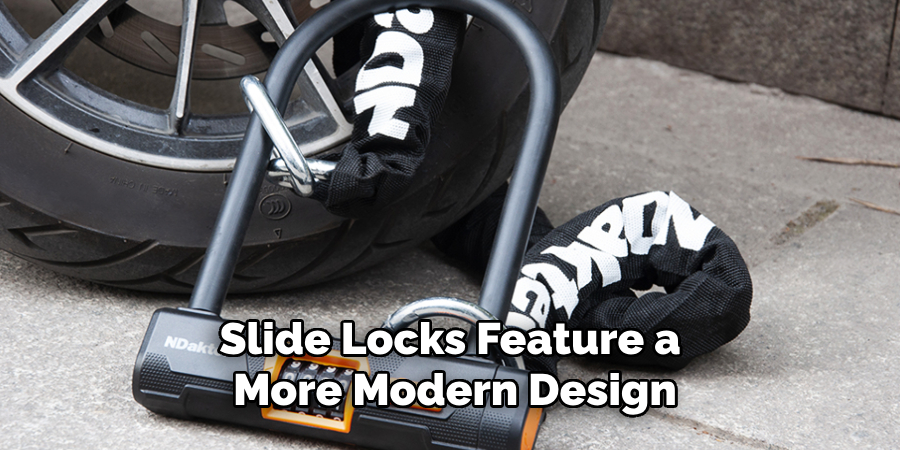
Cable Locks with Combination Dials
These locks combine a cable’s flexibility with a combination dial’s security. They typically come with a longer, durable cable for securing multiple bike components.
Resetting these locks differs based on the manufacturer but usually involves aligning the dials to the current combination, pulling down a reset mechanism, and setting a new code. It’s essential to consult the lock’s manual for specific instructions, as designs can vary significantly.
Importance of Identifying Your Lock Type
Before resetting, always identify your lock type. Different locks have unique resetting processes, and attempting to apply the wrong method could render the lock unusable. Taking this step ensures that you can reset your lock safely and maintain its functionality.
Tools and Materials Needed
Before resetting your lock, gather the following tools and materials to ensure a smooth process:
- Lock – The lock you intend to reset.
- Manual (if available) – The user manual can provide specific instructions tailored to your lock’s model.
- Pen or Small Tool – Useful for pressing buttons or toggling mechanisms during the reset process.
- Optional: Lubricant – A small amount of lubricant can help if the lock’s parts feel stiff or jammed.
Safety Tips Before Attempting a Reset
- Work in a well-lit area to clearly see the components of the lock.
- Avoid using excessive force to prevent damaging internal mechanisms.
- Ensure your hands are clean and dry to maintain a good grip on the lock.
- Keep the lock’s current combination or key accessible in case reassembly is needed.
Having the proper tools and taking these precautions will make the reset process safer and more efficient.
Preparing to Reset Your Combination Lock
Before resetting your combination lock, it’s essential to ensure the lock is in the open position. Check if the shackle or locking arm is fully disengaged, as most locks require this state to initiate a reset.
If the lock is currently locked, you must input the correct combination to open it. Carefully recall or double-check any written record of the combination, as inputting the correct sequence is crucial for accessing the reset mechanism.
If you’ve forgotten the combination, don’t worry—basic troubleshooting options are available. Start by reviewing any documentation that came with the lock, as it may include the original preset combination.
You can also contact the manufacturer’s customer support for assistance; many brands have mechanisms to verify ownership and provide solutions. Be cautious of forceful methods that could damage the lock—professional locksmiths are a safer alternative if all else fails.
Set up a clean, uncluttered workspace to facilitate the reset process. Clear away unnecessary items and ensure the area is well-lit. Keep small tools or accessories, like a paperclip or reset tool, nearby if required for the lock model. Taking these preparatory steps will make resetting your combination lock smoother and more efficient.
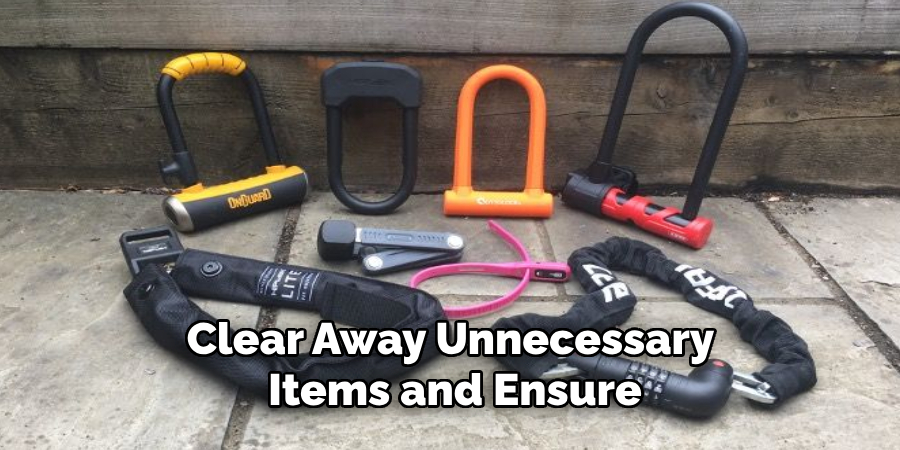
How to Reset Combination Bike Lock: Step-by-Step Guide
Resetting a Dial Combination Lock
Resetting a dial combination lock requires careful attention to detail and precision. Start by ensuring the lock is open and consult the manufacturer’s instructions specific to your model. Typically, you will need to align the dials with the reset mechanism. Rotate the shackle or a designated knob to the reset position, which is often indicated in the manual.
Next, position the dials to the new combination. Spin each dial carefully, ensuring the numbers align with the index line. Once the new combination is set, return the shackle or reset knob to its original position to lock the new code in place. Test the updated combination several times to ensure it has properly registered.
Resetting Push-Button or Slide Locks
For push-button or slide locks, identify the reset button or lever—this is usually located on the side or back of the lock. Begin with the lock in the open position, then press and hold the reset button or slide the lever into the reset position. While holding the button or maintaining the lever position, set your new code by pressing the buttons in the desired order or sliding them into specific positions.
Once the code is set, release the reset button or return the lever to its starting position. Test the new combination to ensure the lock functions correctly before use.
Resetting Cable Locks
Cable locks often include combination dials that can be reset after unlocking the device. To start, unlock the cable lock using the current combination. Look for a reset mechanism, such as a small button or a part of the lock that needs to be rotated.
Press or twist this mechanism as instructed in the user manual, then adjust the dials to your desired combination. Once the new code is configured, release the reset mechanism to finalize the process. Always confirm the new combination by locking and unlocking the cable a few times before relying on it.
Tips for Setting a New Combination
When creating a new combination, choose a code that is both secure and easy for you to remember. Avoid obvious sequences like “1234” or repeating numbers, as these are easily guessed. A combination with random numbers or a mix of meaningful dates can be more effective.
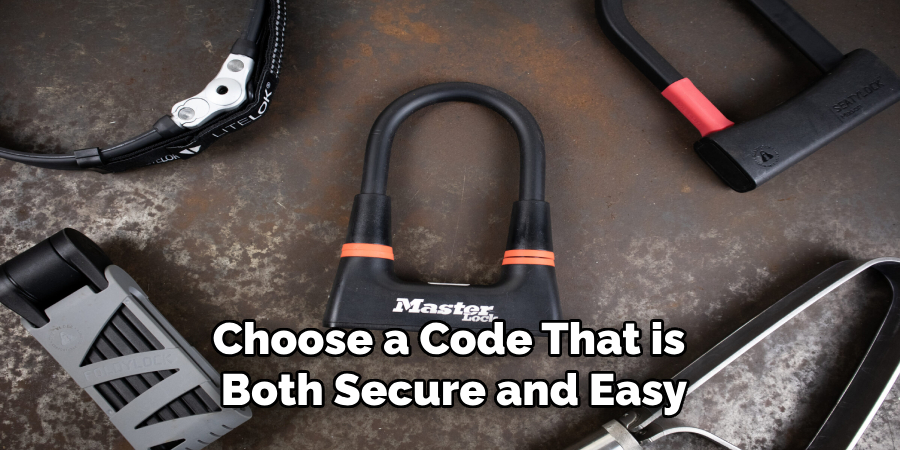
Once set, test your new code multiple times before locking the device to ensure it has been properly saved. It’s also a good idea to write down the combination in a secure location, such as a password manager or personal notebook, for future reference.
Troubleshooting Common Issues
What to do if the lock won’t reset
If your lock refuses to reset, ensure you follow the manufacturer’s instructions precisely. Double-check the current combination or default code before attempting to reset. Sometimes, debris or dirt can interfere with the mechanism — clean the lock thoroughly and try again.
If the issue persists, press and hold the reset button or lever for the required duration, as some models may require this step to activate the reset process. Refer to the instruction manual or the manufacturer’s website for specific guidance.
Dealing with jammed mechanisms or stuck buttons
Jammed mechanisms or stuck buttons can often be resolved with a bit of patience and careful attention. First, inspect the lock for any signs of rust, dirt, or debris obstructing the moving parts. Applying a small amount of lubricant, such as silicone spray, can help free stuck components.
Use a soft brush to remove visible dirt and avoid forcing the mechanism, as this can cause further damage. If the issue is internal or persists, it may require professional intervention.
When to seek professional help or consider replacing the lock
If troubleshooting steps fail to resolve the issue, it may be time to consult a locksmith or the lock’s manufacturer. Persistent problems, especially with mechanisms that no longer function correctly, might indicate significant internal damage.
Older or heavily worn locks should be considered for replacement to ensure your security is not compromised. Always prioritize safety and reliability when evaluating whether to repair or replace a malfunctioning lock.
Tips for Maintaining Your Combination Lock
Regular Cleaning and Lubrication
Keeping your combination lock clean and well-lubricated ensures its smooth operation and longevity. Dust, dirt, and debris can accumulate in the internal mechanisms, causing the lock to malfunction or become difficult to use. To prevent this, regularly wipe the exterior with a soft, damp cloth and carefully remove any dirt around the dials or keyhole.
Additionally, apply a small amount of lock-specific lubricant to the moving parts as instructed by the manufacturer. Avoid using excessive lubricant, as it may attract more dirt over time.
Avoiding Exposure to Extreme Weather
Combination locks exposed to extreme weather conditions, such as heavy rain, freezing temperatures, or intense heat, are at greater risk of rusting or internal damage. To protect your lock, try to use it in sheltered areas or consider purchasing a weather-resistant model designed to withstand harsh environments.
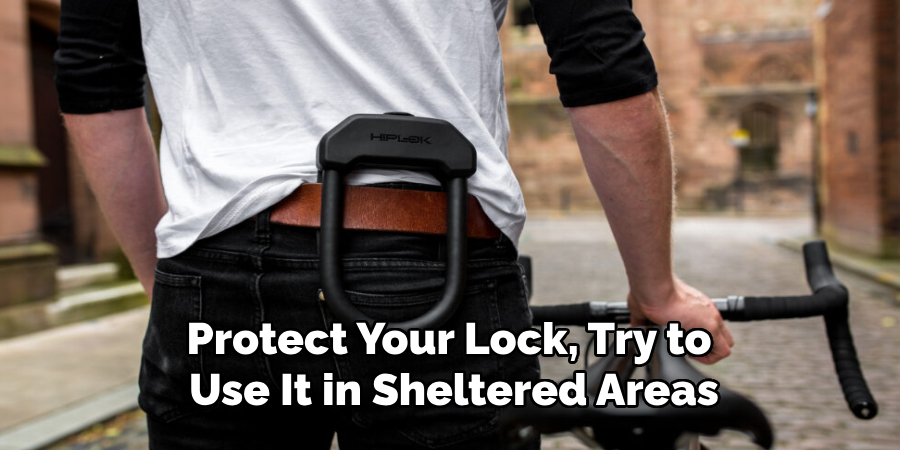
If exposure is unavoidable, periodically inspect the lock for signs of corrosion or wear and address any issues promptly to prevent further damage.
Safeguarding Your Combination by Recording It Securely
Forgetting your combination can render your lock unusable, so recording it securely in a location only you can access is crucial. Options include using a password-protected digital note, a trusted document storage app, or writing it down and storing it in a safe place at home.
Avoid sharing your combination unless absolutely necessary, as this minimizes the risk of unauthorized access. Taking these precautions ensures your combination lock remains both secure and usable.
Security Tips When Setting a New Combination
When setting a new combination for your lock, it’s important to prioritize security to prevent unauthorized access. Avoid choosing obvious combinations such as “0000,” “1234,” or easily guessed personal information like birthdays or anniversaries. These simple codes are among the first things someone might try to guess.
Consider changing your combination periodically for added protection, especially if you suspect someone may have gained access to it or if the lock is used in a shared or public setting. Additionally, only share the combination with trusted individuals who need access, and avoid writing it down in easily discoverable locations.
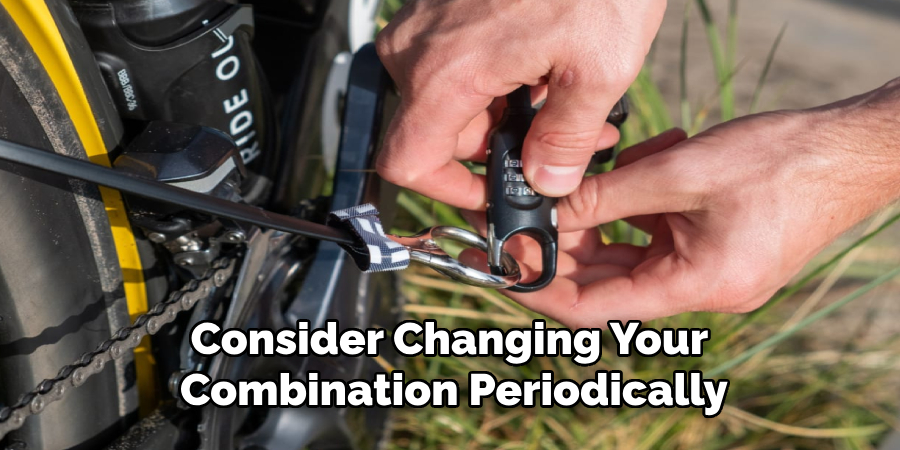
By incorporating these practices, you can enhance the security and reliability of your combination lock, giving you greater peace of mind.
Conclusion
Resetting your combination bike lock is straightforward and ensures your bike remains secure and accessible. By carefully following the steps outlined in this guide, you now understand how to reset combination bike lock settings without difficulty.
Proper maintenance, such as keeping the lock clean and lubricated, prolongs its lifespan and enhances its functionality. Remember to stay vigilant and always secure your bike in well-lit, visible areas to deter potential theft.
Selecting the right lock is also crucial; a sturdy, reliable type that matches your security needs can make all the difference. Whether you choose a cable, chain, or U-lock, prioritize quality and strength.
By applying these practices and maintaining awareness, you can confidently protect your bike while enjoying greater peace of mind. Your bike’s safety is in your hands—stay proactive, and your combination lock will serve you well for years to come.
About
Safety Fic is a distinguished figure in the world of Diy design, with a decade of expertise creating innovative and sustainable Diy solutions. His professional focus lies in merging traditional craftsmanship with modern manufacturing techniques, fostering designs that are both practical and environmentally conscious. As the author of diy, Safety Fic delves into the art and science of Safety Fic-making, inspiring artisans and industry professionals alike.
Education RMIT University
(Melbourne, Australia) Associate Degree in Design (Safety Fic) Focus on sustainable design, industry-driven projects, and practical craftsmanship. Gained hands-on experience with traditional and digital manufacturing tools, such as CAD and CNC software.
Nottingham Trent University
(United Kingdom) Bachelor’s in diyfastly.com and Product Design (Honors) Specialized in product design with a focus on blending creativity with production techniques. Participated in industry projects, working with companies like John Lewis and Vitsoe to gain real-world insights.
Publications and Impact
In diy, Safety Fic his insights on indoor design processes, materials, and strategies for efficient production. His writing bridges the gap between artisan knowledge and modern industry needs, making it a must-read for both budding designers and seasoned professionals.
